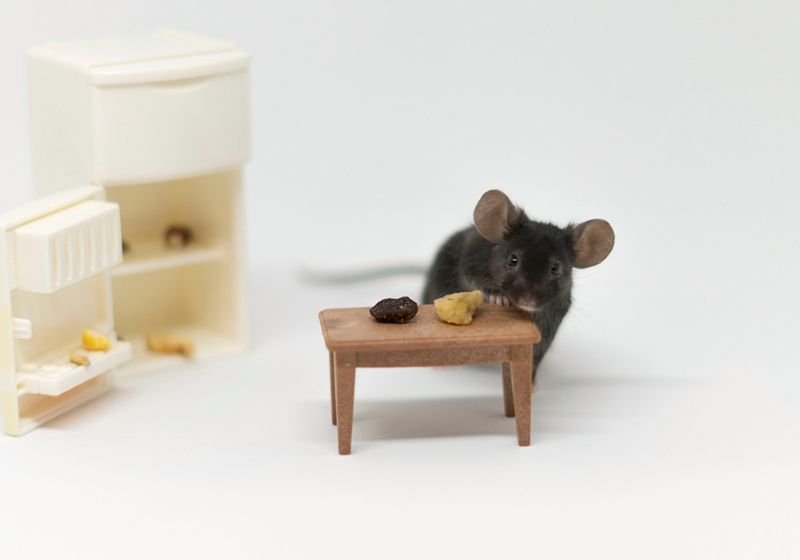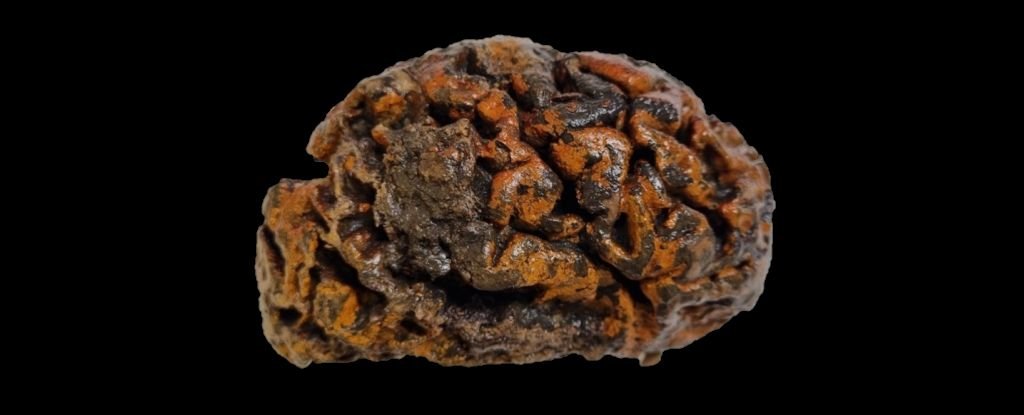Let’s face it, the features on the front of a skull are important for everyday tasks like eating and being recognizable to others. A combination of genes and environmental cues direct the activity of craniofacial progenitors, neural crest cells (NCC), through several signaling pathways to produce the unique structures of one’s visage.1 However, while researchers know that environmental factors influence the development of facial features, how these stressors do so is poorly understood.
“It’s a very complex system,” said Andrei Chagin, a cell biologist at the University of Gothenburg who studies how the facial skeleton forms. “All the bones have a very different and very specific shape,” he explained. He and his group demonstrated in a publication in Nature that a nutrient-sensing pathway influences the developing NCC.2 Exploring the mechanism of facial development can help scientists understand factors that lead to congenital disorders that affect the face.
To explore this question, Chagin and his team sequenced human embryonal facial material to look for active enhancer elements. They identified the mechanistic target of rapamycin complex 1 (mTORC1) pathway as a highly used system. Then the researchers developed a conditional mutant mouse model with a deleted upstream mTORC1 repressor, which allowed them to turn on mTORC1 at embryonic day 8.5 (E8.5) in NCC.
Using 3D micro computed tomography, the team showed that knockout (KO) animals had enlarged craniofacial features and thicker nasal cartilage at E17.5. However, they demonstrated that at E12.5, when the ultimate shape of the face is set, the overall architecture of the structures was maintained, though the features appeared thicker.3
To study how mTORC1 signaling influenced facial development after the initial feature formation, the researchers activated mTORC1 in cartilage progenitor cells in the KO mice models at E12.5 and saw small increases in the size of cells five days later. However, deleting mTORC1 signaling in these cells at E12.5 lengthened the nasal region at E17.5.
“It turns out that mTOR doesn’t really change the shape, but it’s modulating the shape of [the face],” Chagin said.
Since amino acids regulate mTORC1 activity, the researchers fed pregnant mice either low-protein or high-protein diets starting at E6.5. They found that low-protein diets reduced the overall size of the nose area and jaws in developing mice, while animals exposed to high-protein levels developed thicker nasal cartilage and shorter cartilage in the jaw.
Johann Eberhart, a developmental biologist at the University of Texas at Austin who was not affiliated with the study, thought that the impact of nutrition on mTORC1 signaling and craniofacial development was interesting, but cautioned over-interpretation of the findings. “It’s important to keep in mind that while they see effects, they are small,” he said. “This isn’t something that should be interpreted that you need to have a high-protein diet.”
Chagin added that the pathway is likely an adaptive mechanism to changing environments. “It basically works as a switch that can tell [the] cell, ‘Okay, we have a lot of nutrition, we can grow,’ or ‘we have no[t] much nutrition, we should kind of stay quiet,’” Chagin explained.
Next, he would like to investigate the factors that mTORC1 interacts with to modulate the observed effects. “This data suggests that there is an interaction between environmental factors and genetics,” Chagin said. “We know very little about the mechanism, coupling genetics and environment, and so exploring this direction would be also very important.”
References
- Kaucka M, Adameyko I. Evolution and development of the cartilaginous skull: From a lancelet towards a human face. Semin Cell Dev Biol. 2019;91:2-12
- Xie M, et al. The level of protein in the maternal murine diet modulates the facial appearance of the offspring via mTORC1 signaling. Nature Commun. 2024;15:2367
- Kaucka M, et al. Oriented clonal cell dynamics enables accurate growth and shaping of vertebrate cartilage. eLife. 2017;6:e25902











